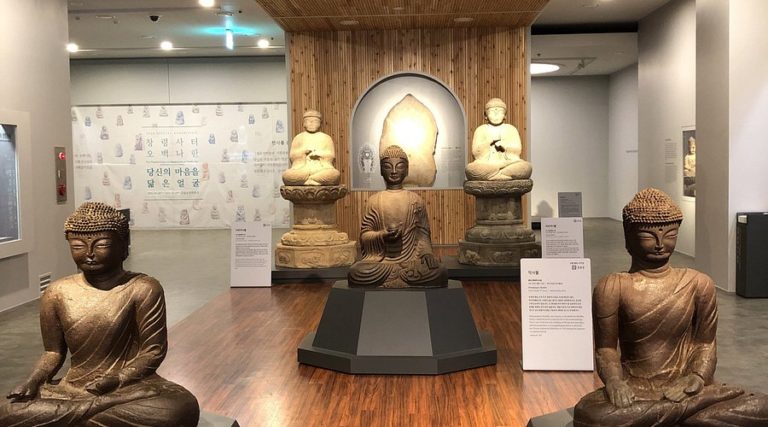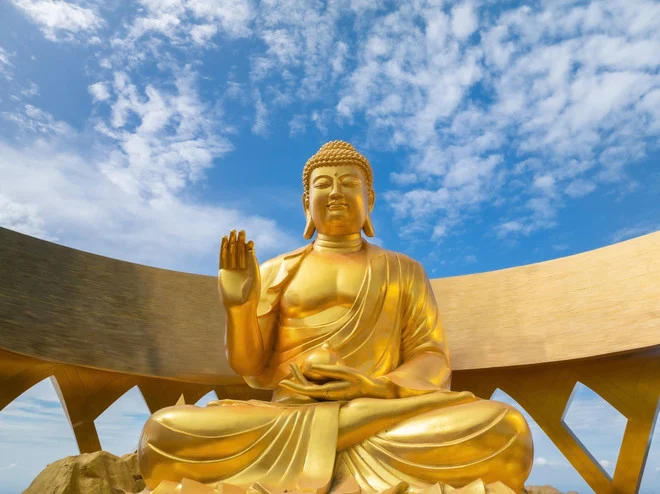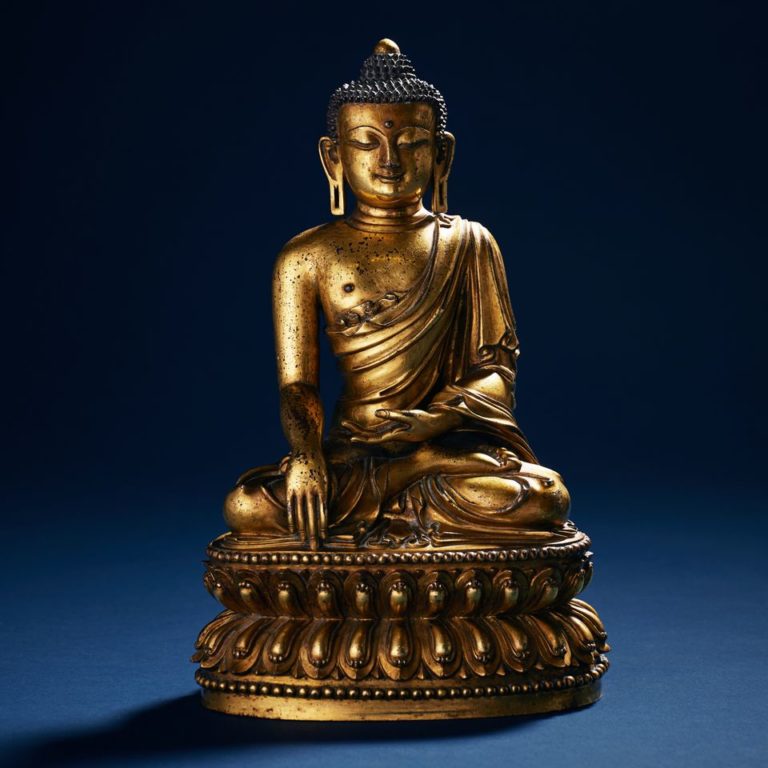
South Korea is grappling with one of its worst wildfire crises, as flames ravage vast swathes of land, threatening irreplaceable cultural heritage sites.
A devastating wildfire has swept through the country’s southeastern region, leaving 24 dead and destroying thousands of hectares of forest. Among the sites at risk is the historic Gounsa Temple, a thousand-year-old sanctuary where workers wrapped a gilded Buddha statue in fire-retardant material in a desperate bid to save it. Miraculously, while much of the temple was reduced to rubble, the statue and its wooden hall survived.
The flames are also edging dangerously close to Hahoe village, a UNESCO-listed heritage site famed for its traditional thatched-roof houses. Firefighters and cultural officials are dousing the structures with water and fire retardants to prevent their destruction. The village, which dates back to the 14th or 15th century, is a vital relic of South Korea’s Confucian past and once hosted a visit from Queen Elizabeth II in 1999.

Experts warn that these historic sites are particularly vulnerable due to their predominantly wooden structures and remote locations. Professor Lee Sang-hyun, a cultural heritage specialist, described the crisis as unprecedented, citing the difficulty of implementing effective fire prevention measures in such areas.
Authorities are racing to relocate valuable artefacts from temples and heritage sites to prevent further losses. The Korea Heritage Service has already confirmed that at least 15 significant cultural items have been damaged, with two national treasures completely destroyed.
As emergency teams battle the inferno, officials stress that efforts to preserve the nation’s heritage remain a top priority. “We are mobilising all available resources to protect and relocate cultural assets,” a spokesperson for the Korea Heritage Service stated.
For now, the fate of South Korea’s ancient treasures hangs in the balance, as firefighters continue their relentless struggle against the advancing flames.




